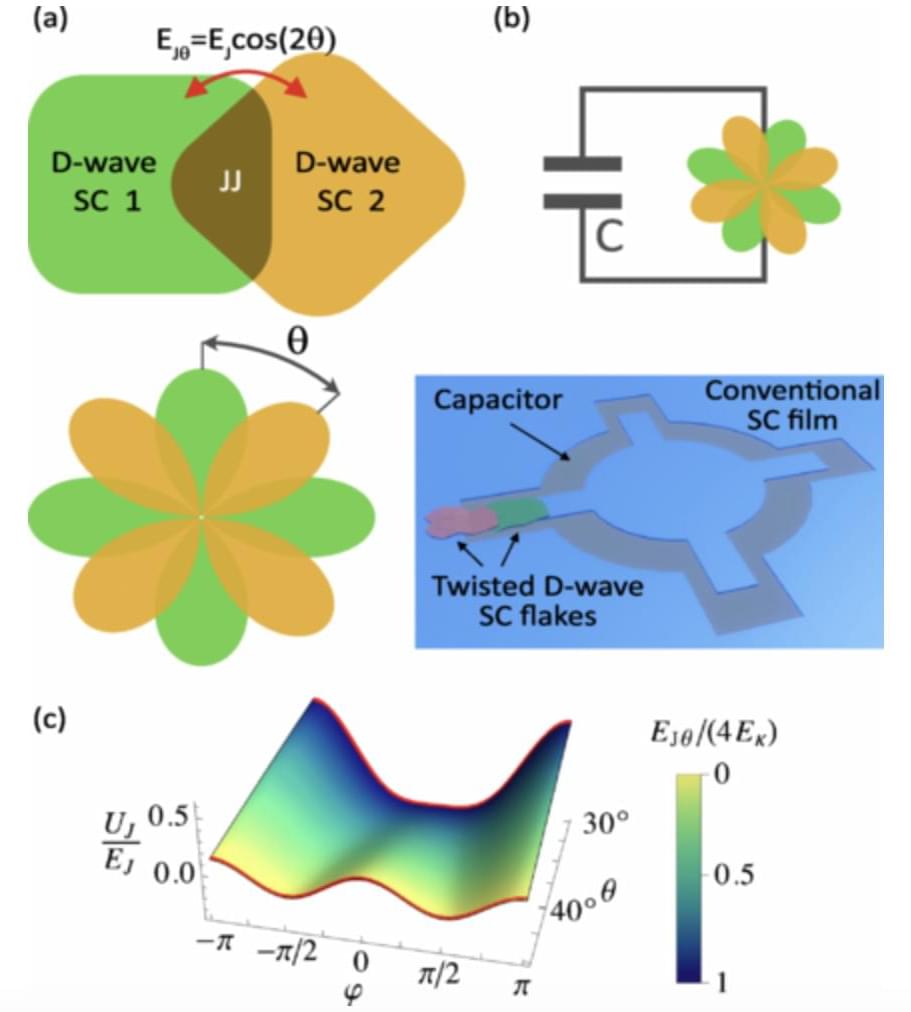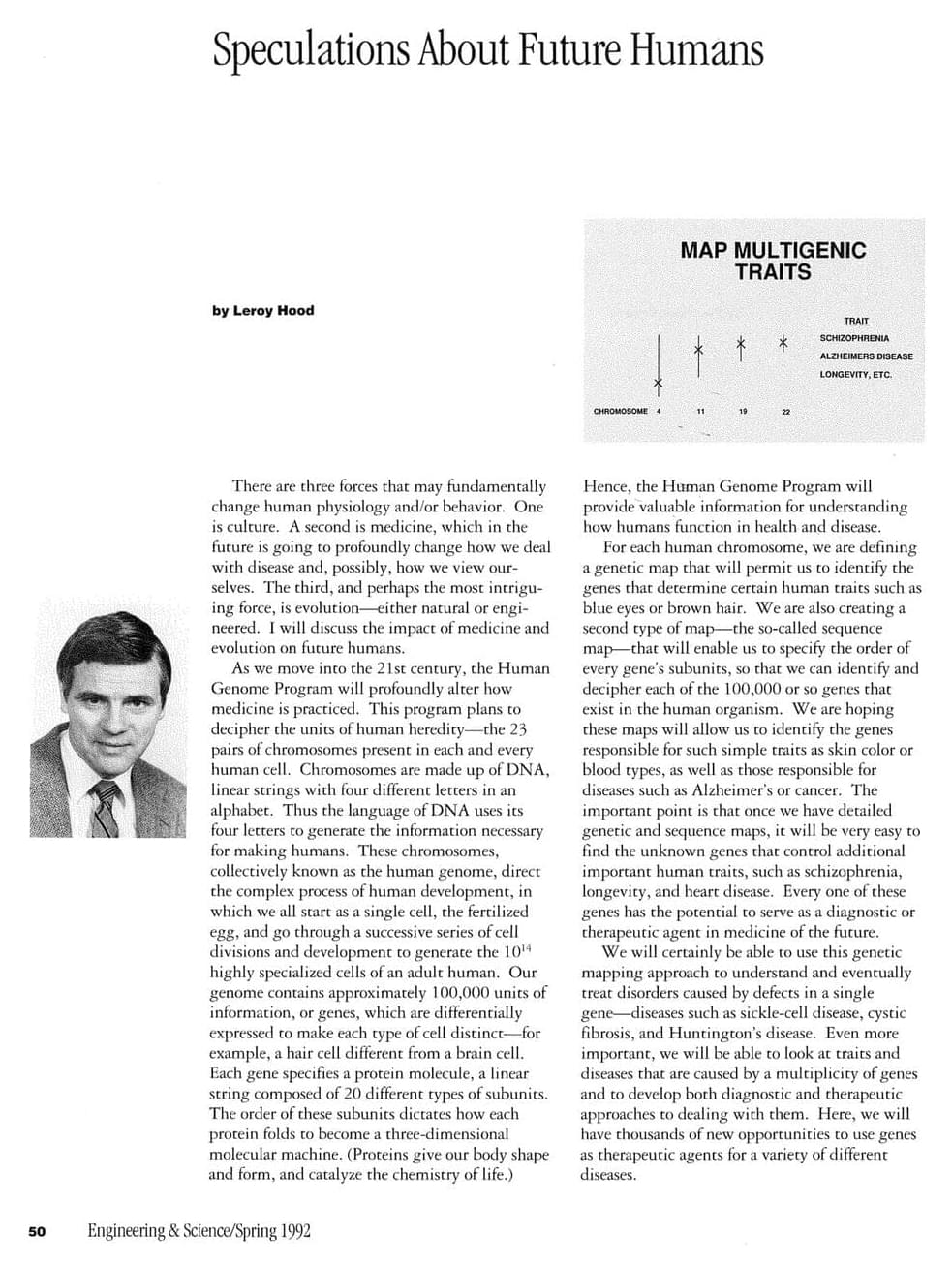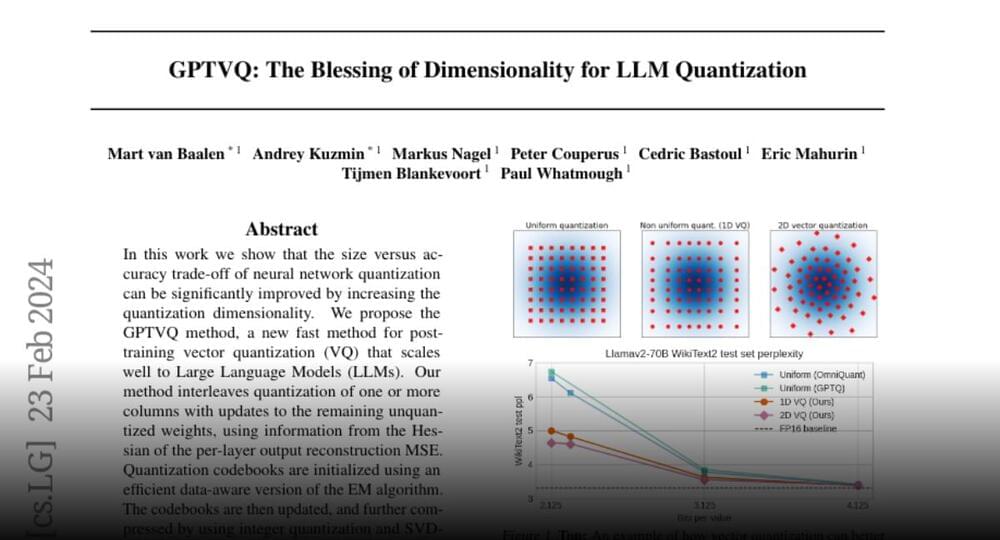Manuela Campanelli to lead research team studying electromagnetic signals from merging supermassive black holes.
Rochester Institute of Technology scientists will be the lead researchers on a $1.8 million NASA grant to study electromagnetic signals from merging supermassive black holes.
RIT’s Manuela Campanelli, Distinguished Professor in the School of Mathematics and Statistics and director of the Center for Computational Relativity and Gravitation, will lead the collaborative project with help from Yosef Zlochower, professor in the School of Mathematics and Statistics. The project will also include researchers from the University of Idaho, Johns Hopkins University, and the Goddard Space Flight Center.








